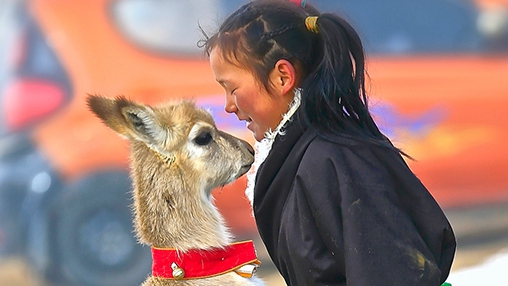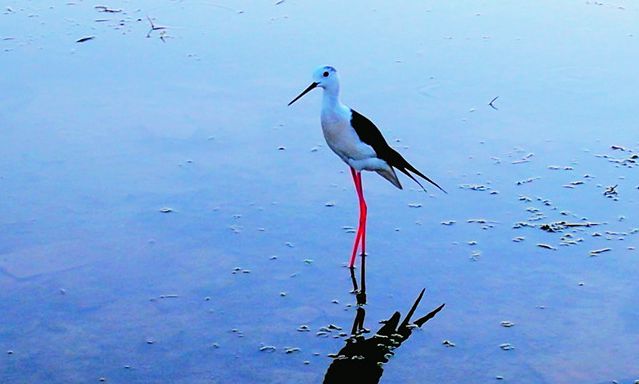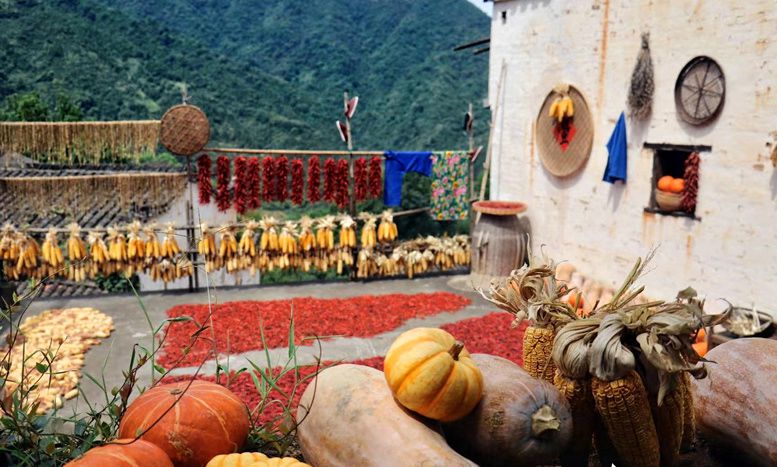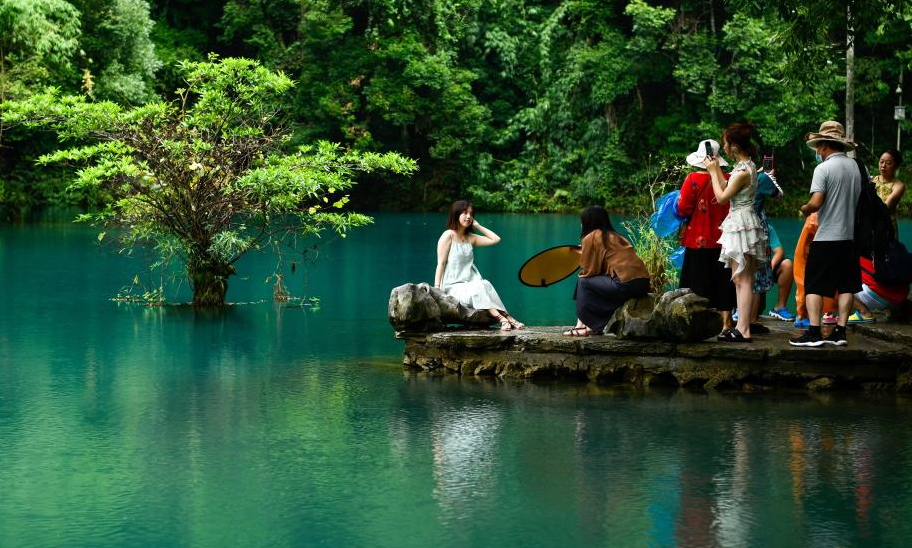Central Qinghai-Tibet Plateau once a global floristic exchange hub: study
BEIJING, Aug. 16 (Xinhua) -- Chinese researchers have revealed that the central Qinghai-Tibet Plateau was a globally significant hub for floristic exchange tens of millions of years ago.
Podocarpium is an extinct genus in Fabaceae with rich fossil records in Eurasia dating back to the Eocene. The researchers from the Chinese Academy of Sciences hope to figure out the diversification and biogeographic histories of Podocarpium in some key regions, such as the Qinghai-Tibet Plateau, an area recently found to be crucial for floristic exchanges worldwide in the geological past, according to their research article recently published in the journal Review of Palaeobotany and Palynology.
The researchers collaborated with British universities and discovered fossil pods of Podocarpium from the late Eocene in the central Qinghai-Tibet Plateau.
The discovery shows that the Podocarpium was present in central Tibet by the late Eocene. Together with previous fossil records, it indicates that Podocarpium may have originated in East Asia, migrated into the central valley of southwest China's Tibet Autonomous Region in the late Eocene, and then spread westward to Europe.
The distribution pattern of the genus in geological time is closely related to the history of global climate change, according to the CAS.
The finding further supports the idea that what is now the central Qinghai-Tibet Plateau was a globally significant hub for Paleogene floristic exchange, according to the research article.
Photos
Related Stories
- China to establish new national parks on Qinghai-Tibet Plateau
- Major lakes in Qinghai-Tibet Plateau see significant water increase
- Caring for border guardians on Qinghai-Tibet Plateau
- Global warming suppresses shrub recruitment in the Arctic, Qinghai-Tibet Plateau
- Multiple factors affect oxygen levels on Qinghai-Tibet Plateau: study
Copyright © 2022 People's Daily Online. All Rights Reserved.









